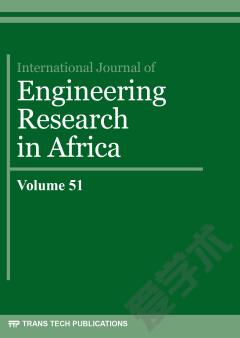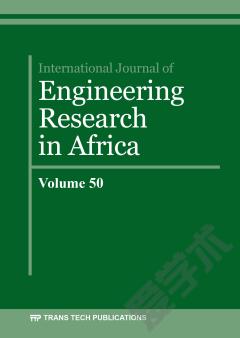International Journal of Engineering Research in Africa Vol.51
The adaptive control of metal cutting processes is a logical extension of the CNC systems. In CNC systems of metal-cutting processes the machining variables (e.g., the cutting speed and feedrate) are prescribed by the part programmer. The determination of these variables depends on experience and knowledge regarding the workpiece and tool materials, coolant conditions, and other factors.The determination of these operating parameters depends on experience and knowledgeregarding the workpiece and tool materials, coolant conditions, and other factors. By contrast,the main idea in adaptive control is the improvement of the production rate, or the reductionof machining costs, by calculation and setting of the optimal operating parameters duringmachining itself. This calculation is based upon measurements of process variables in real time and is followed by a subsequent on-line adjustment of the machining variables subject to constraints with the objective to optimize the performance of the overall system.The adaptive control is basically a feedback system, in which the operatingparameters automatically adapt themselves to actual condition of the process. AC system formachine tools can be classified into two categories:1.Adaptive control with optimization(ACO);2.Adaptive control with constraints(ACC);ACO refers to systems in which a given performance index (usually an economicfunction) is extremized subject to process and system constraints. With ACC, the machiningparameters are maximized within a prescribed region bounded by process and systemconstraints, such as maximum torque or power. ACC systems, however, do not use aperformance index. In both systems an adaptation strategy is used to vary the operatingparameters in real time cutting progresses. Although there has been considerable research onthe development of ACO systems, few, if any, of these systems are used in practice. The major problems with such systems have been difficulties in defining realistic indexes of performance and the lack of suitable sensors which can reliably measure on-line thenecessary parameters in a production environment. The objective of most AC systems isimprovement in productivity, which is achieved by increasing the metal removal rate (MRR)during rough cutting operations. The increases in productivity range from approximately 20 to 80 percent and clearly depend on the material being machined and the complexity of the part tobe produced.
{{comment.content}}








 京公网安备 11010802027623号
京公网安备 11010802027623号